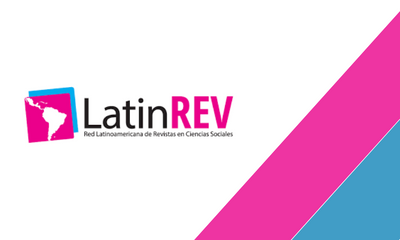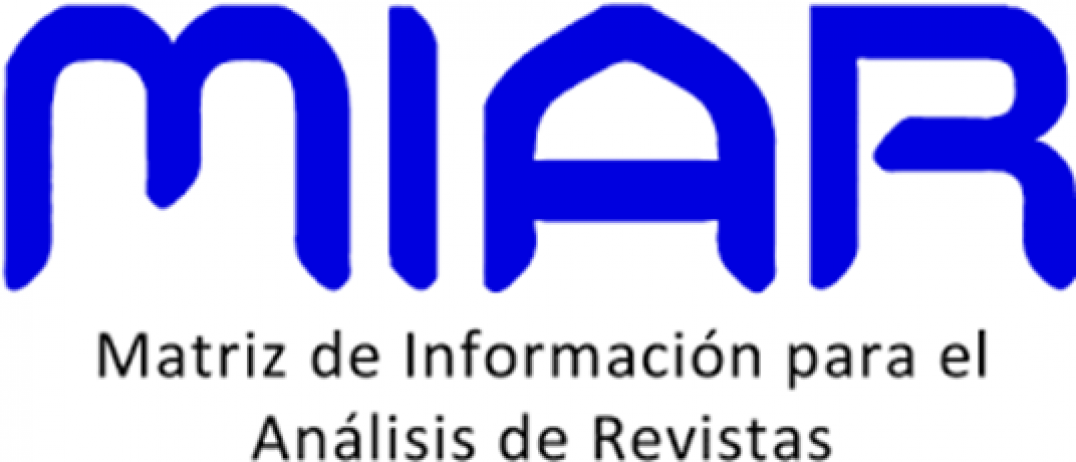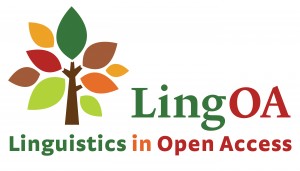La The bilingual acquisition of the verbal system of the past and the future of narrative discourse: The case of Mexican students who learn English-L2*
DOI:
https://doi.org/10.32870/vel.vi18.157Keywords:
Adquisition, Bilinguism, Narrative discourse, Interlanguage, English as a Foreign LanguageAbstract
The aim of this article is to explore bilingual language acquisition development and the role of the Interlanguage (IL) in learners of English as a foreign language (L2). In this article, IL is considered independent to the first language (L1) and to foreign language (Lightbown y Spada, 2013: 220). IL is understood as the L2 development through observed errors in the L2 narrative discourse. These observed errors in the L2 described under the IL scheme were later characterized into the compound, subordinated and coordinated types of bilingualism. The results are focused on the past and future verbal systems of the narrative discourse in the L2. keywords: Adquisition, bilingualism, narrative discourse, interlanguage, English as a Foreign Language.
Downloads
Metrics
References
Alexopoulou, A. (2006) “Los criterios descriptivos y etiológicos en la clasificación de los errores del hablante no nativo: una nueva perspectiva”. En Revista Porta Linguarum. Granada: Universidad de Granada, pp. 17-35.
. (2010) “Errores intralinguales e interlinguales en la interlengua escrita de aprendientes griegos de E/LE”. En Civil, P. & F. Crémoux (2010) (Coord.): Actas del XVI Congreso de la Asociación Internacional de Hispanistas. Madrid: Iberoamericana, pp. 1-10.
Altarriba, J. y R.R. Heredia (2008) An Introduction to Bilingualism. Nueva York: Lawrence Erlbaum Associates.
Auza, A. & Zimmermann, K. (2013) ¿Qué me cuentas? México: Edicionres De Laurel. Balbino, A. (2007) La interlingua. Madrid: Arco Libros.
Balbino, A. (2007) La interlingua. Madrid: Arco Libros.
Benoit, C. (2013) Tiempos y formas verbales en la producción oral de un grupo de preescolares y escolares de primer año básico. Literatura y Lingüística, no. 28, pp. 169-192. ISSN 0716-5811.
Bialystok, E. (2009). “Bilingualism: The good, the bad, and the indifferent”. En Bilingualism: Language and Cognition, 12, 3-11.
Blin, B. (Coord.) (2013) Programa de Francés, Cuaderno 1. México: CELE – UNAM.
Cook, V. & B. Bassetti (2011) (Eds.) Language and Bilingual Cognition. Nueva York: Taylor & Francis Group.
Corder, S.P. (1967) “The significance of learner’s errors”. En IRAL, núm. 5, pp. 161-70.
Chomsky, N. (2003). On Nature and Language. Cambridge UK: Cambridge University Press.
__________. (2004). The Generative Enterprise Revisited. Nueva York: Mouton de
Gruyter.
De Groot, A. (2011) Language and Cognition in Bilinguals and Multilinguals. Nueva York: Taylor & Francis Group.
Gili Gaya, S. (1960) Funciones gramaticales en el habla infantil. Río Piedras, PR. Universidad de Puerto Rico.
_____________. (2000) Curso Superior de Sintaxis Española. Barcelona: Vox.
Grévisse, M. (1975) Le Bon Usage. París: Duculot.
Grosjean, F. (2015) Parler plusieurs langues. París: Albin Michel.
Hernández, R., Fernández, C. y Baptista, P. (2010). Metodología de la Investigación. 5ª. Ed. Colombia: McGraw-Hill.
Instituto Cervantes (2001) Marco común europeo de referencia para las lenguas. Recuperado de http://cvc.cervantes.es/ensenanza/biblioteca_ele/marco/
Karmiloff-Smith, A. (1992). Beyond modularity. Cambridge, Londres: The MIT Press.
Leslie, A.M. (1987). “Pretense and representation: The origins of “Theory of mind”. En Psychological Review 94. Pp. 412-26.
Lightbown, P. & N. Spada (2013) How Languages are Learned. Oxford: Oxford University Press.
Murphy, R. (2015). Essential Grammar in Use. (4th ed). Cambridge University Press).
Paradis, M. (2004). Neurolinguistic Theory of Bilingualism. Amsterdam: John Benjamins.
. (1987). “Bilinguisme”. En Rondal, J.A. y J-P, Thibaut (Comp.): Problèmes de Psycholinguistique. Bruxelles: Pierre Mardaga Editeur, pp. 422-89.
Parrot, M. (2000) Grammar for English Language Teachers. Cambridge: Cambridge University Press.
Piaget, J. y B., Inhelder (1982). De la lógica del niño a la lógica del adolescente. Buenos
Aires: Paidós.
Richards, J. (1971) “Error analysis and second language strategies”. En Language Sciences, vol. 17, pp. 12-22.
Signoret, A; Rodríguez, A. & R.E. Delgadillo (2016) La adquisición bilingüe del discurso
narrativo, proyecto de investigación SIDA-160809, DLA-ENALLT, UNAM.
Selinker, L. (1992) Rediscovering Interlanguage. Londres: Longman.
Siegler, R. (2000). Enfant et raisonnement. Le développement cognitif de l’enfant. Tercera Edición. De Boeck.
Van Patten, B. & A. Benati (2010) Key Terms in Second Language Acquisition. Nueva York: Continuum.
Weinreich, U. (1953) Language in contact. Findings and problems. Nueva York: Publications of the linguistic Circle of New York 1.

Downloads
Published
Versions
- 2024-11-08 (2)
- 2022-06-21 (1)












